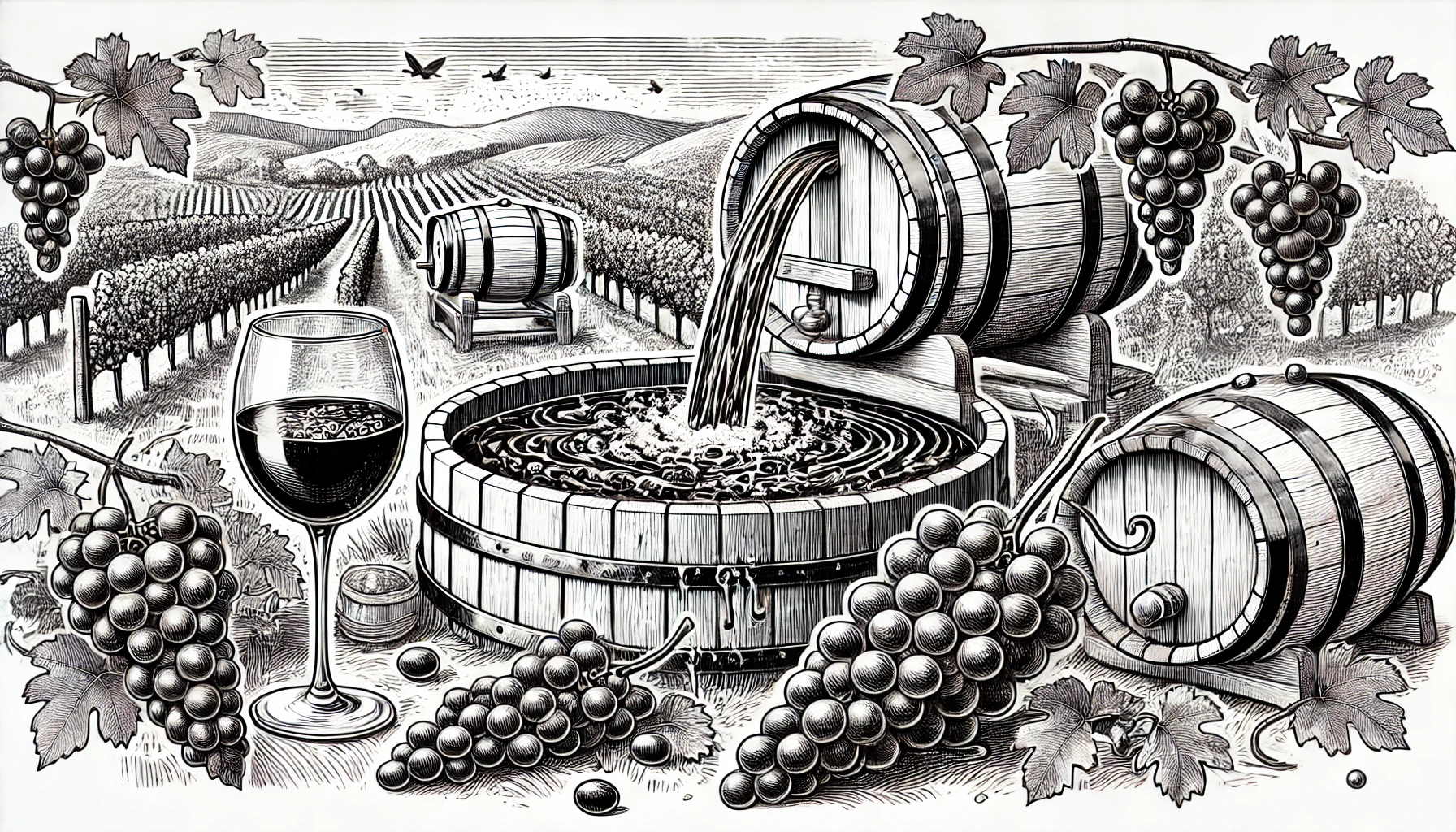
Maceration is a crucial step in winemaking, especially for red and rosé wines, as it involves soaking the grape skins in the juice to extract color, tannins, and flavor compounds. This process begins right after the grapes are crushed and continues for varying lengths of time depending on the style of wine being made.
The primary goal is to transfer the components from the grape skins into the juice. For red wines, the duration of maceration is often longer—sometimes weeks—allowing the wine to develop deep color, rich tannins, and complex flavors. In contrast, for rosé wines, maceration is typically much shorter, often lasting only a few hours to a day, just long enough to give the wine its characteristic pink hue without imparting too much tannin.
It can also influence the body and texture of the wine. A longer maceration period generally results in a fuller-bodied wine with more structure, while a shorter period may produce a lighter, fruitier wine. Winemakers carefully control this process to achieve the desired balance in the finished product.
There are different techniques, including cold maceration, which takes place before fermentation and is used to enhance fruit flavors and aroma without extracting too many tannins. Another method is carbonic maceration, often used in the production of Beaujolais, where whole grapes ferment in a carbon dioxide-rich environment, producing light, fruity wines with low tannin levels.
Maceration is a complex but vital process in winemaking, contributing to the wine’s color, flavor profile, and overall structure.
Curious about more wine terms and insights? Visit our Wine Wiki section and explore the basic wine terms for expert definitions and tips!